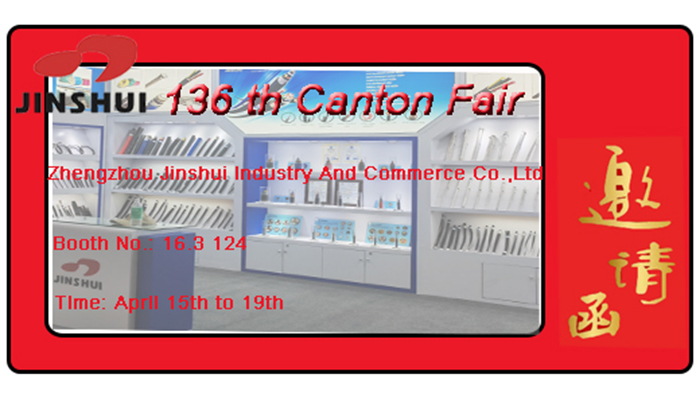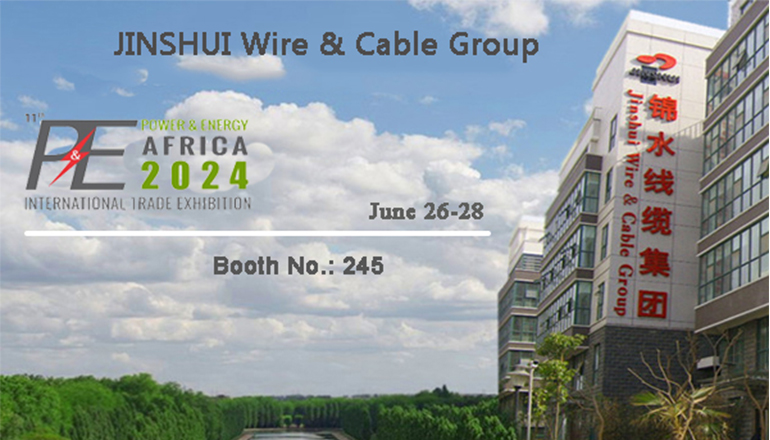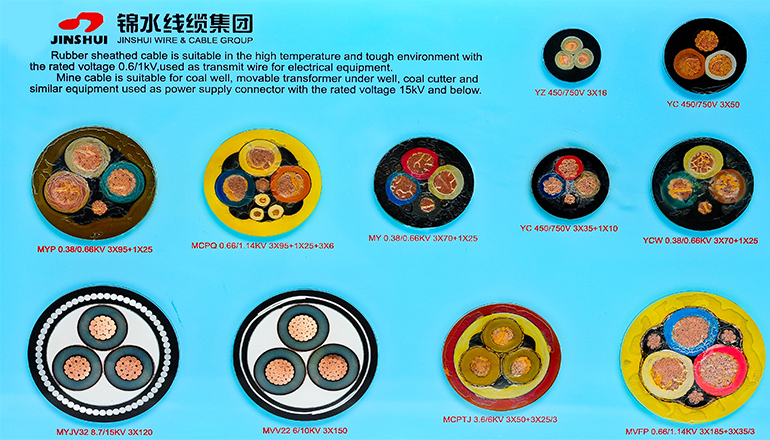- Offices Time:24 Hours Online
- Email:[email protected]
- WhatsApp:+8618339938759
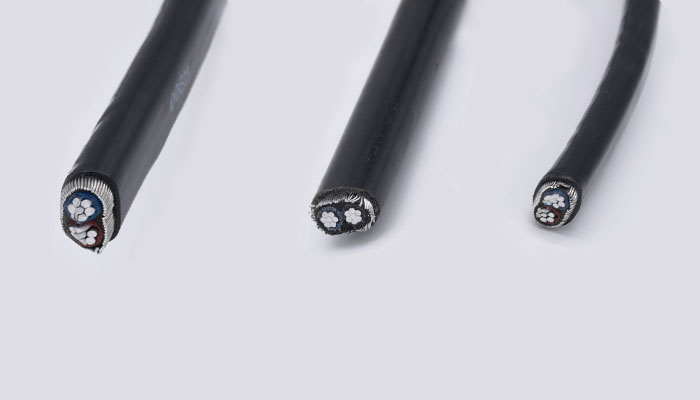
Posted on April 7, 2023
What is concentric cable used for?
Concentric cable is a type of cable that consists of two or more conductors, where each conductor is in the form of a concentric circle around a central conductor. The central conductor is usually a solid wire or a stranded wire, and the concentric layers are typically made of insulating material and a metallic shield. The metallic shield can be made of copper, aluminum or other conductive materials, and it provides protection against electromagnetic interference (EMI). Concentric cable is commonly used in telecommunications, cable TV, computer networking, audio and video applications due to its enhanced signal quality and durability.

Types of Concentric Cable
A.Metallic Concentric Cable
B.Non-Metallic Concentric Cable
What is Metallic Concentric Cable?
Metallic concentric cable is a type of cable that includes a central conductor surrounded by concentric layers of insulating material and metallic shielding. The metallic shield can be made of copper, aluminum, or other conductive materials, and it provides protection against electromagnetic interference (EMI) that can degrade signal quality. Metallic concentric cable is commonly used in applications where signal quality is critical, such as in telecommunications, audio, and video applications.
What is Non-Metallic Concentric Cable?
Non-metallic concentric cable is a type of cable that features a central conductor surrounded by concentric layers of insulating material, but without any metallic shielding. Non-metallic concentric cable is typically used in applications where EMI is not a significant concern, such as in low-voltage power distribution, lighting, and control systems. Non-metallic concentric cable is also commonly used in residential wiring applications where cost is a primary consideration.
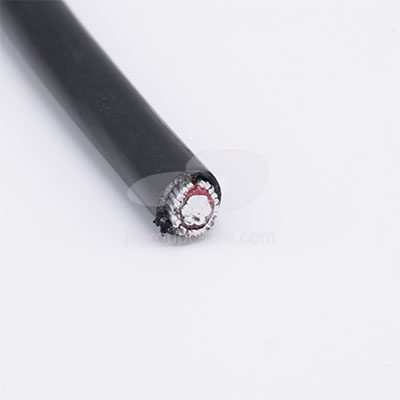
So, What is the difference between Metallic Concentric Cable and Non-Metallic Concentric Cable?
The main difference between metallic concentric cable and non-metallic concentric cable lies in their construction and their intended applications. Here are some of the key differences:
1.Construction:
Metallic concentric cable includes a central conductor surrounded by concentric layers of insulating material and metallic shielding, while non-metallic concentric cable includes a central conductor surrounded by concentric layers of insulating material but without any metallic shielding.
2.EMI Protection:
Metallic concentric cable provides protection against electromagnetic interference (EMI) that can degrade signal quality, while non-metallic concentric cable does not provide this level of protection.
3.Signal Quality:
Metallic concentric cable is designed to maintain high signal quality, even in environments with high levels of EMI, while non-metallic concentric cable is typically used in applications where signal quality is not a critical concern.
4.Applications:
Metallic concentric cable is commonly used in applications where signal quality is critical, such as in telecommunications, audio, and video applications, while non-metallic concentric cable is typically used in low-voltage power distribution, lighting, and control systems.
5.Cost:
Metallic concentric cable is generally more expensive than non-metallic concentric cable, due to the cost of the metallic shielding.
The choice between metallic and non-metallic concentric cable depends on the specific application requirements, including the need for EMI protection, signal quality, and cost. Metallic concentric cable is the preferred choice for applications where signal quality is critical and EMI protection is required, while non-metallic concentric cable is a more cost-effective solution for applications where signal quality is not a primary concern.
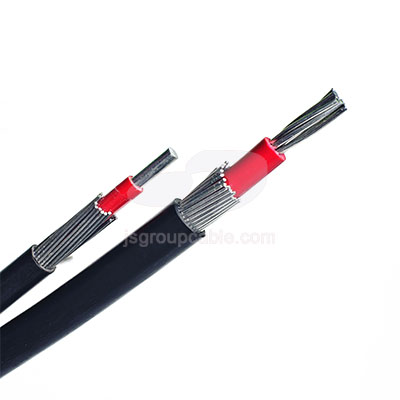
Four advantages of Concentric Cable
1.Durability:
Concentric cable is designed to be highly durable and resistant to damage. This makes it a good choice for use in applications where cables are exposed to frequent wear and tear, such as in telecommunications, audio, and video applications.
2.Resistance to Corrosion:
Concentric cable made with copper conductors and shields is resistant to corrosion, which ensures a longer lifespan and reliable performance over time.
3.Protection Against Electromagnetic Interference (EMI):
The metallic shield surrounding the central conductor of concentric cable provides excellent protection against EMI, which can cause signal degradation and noise. This results in a high-quality signal transmission, making it ideal for applications that require high-quality signals.
4.Enhanced Signal Quality:
The protection against EMI provided by the metallic shield of concentric cable results in a high-quality signal transmission. This makes it an ideal choice for applications that require high-quality signals, such as in telecommunications, audio, and video applications.
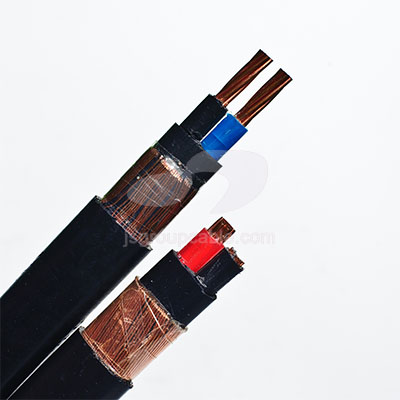
what is concentric cable used for?
1.Telecommunications:
Concentric cables are commonly used in the telecommunications industry to provide high-speed data transmission over long distances. These cables are often used for internet connections and telephone lines.
2.Cable TV:
Concentric cables are also used in cable television systems. They provide high-quality signal transmission over long distances and are often used for the distribution of cable television channels.
3.Computer Networking:
Concentric cables can be used in computer networking to provide high-speed data transfer between devices. They are often used in local area networks (LANs) and wide area networks (WANs) to connect computers and other network devices.
4.Audio and Video Applications:
Concentric cables are commonly used in audio and video applications to transmit high-quality signals. They are often used in home entertainment systems to connect speakers, amplifiers, and other audio equipment. Additionally, they are used in video surveillance systems to transmit video signals from cameras to monitors and recording devices.
As technology continues to advance, so will the capabilities of concentric cables. The development of new materials and manufacturing techniques will allow for the creation of cables with even greater bandwidth and durability. There may be new applications for concentric cables. For example, the increasing popularity of electric vehicles may lead to the development of concentric cables designed for high-voltage power transmission. Additionally, the growth of the Internet of Things (IoT) may create new opportunities for the use of concentric cables in the communication and control of connected devices. As the demand for high-speed and reliable data transmission continues to grow, concentric cables will remain an important part of many industries and technologies.
Post categories
Most Popular Posts
-
The 136th Canton Fair welcomes you to participate!
October 12, 2024 -
High temperature cable introduction
July 26, 2024 -
Kenya Power and Energy Exhibition 2024
June 11, 2024 -
Introduction of rubber sheathed cable
June 5, 2024


